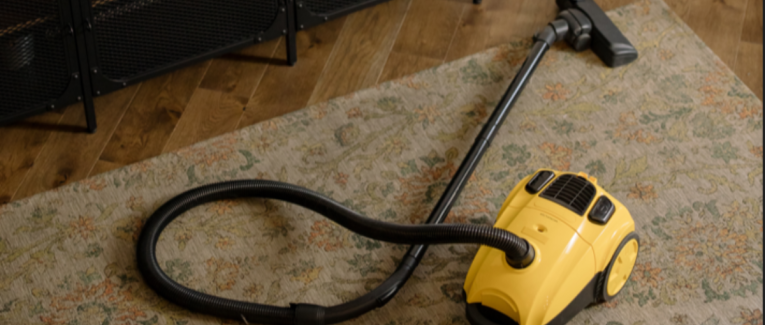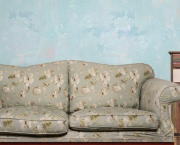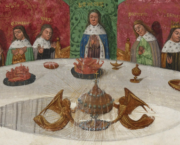
Peter Nadas's vacuum cleaner
 5 min
5 min
Peter Nadas's vacuum cleaner
For centuries, resurrection from the dead was so unthinkable that most literary references were religious in kind, and objects were never mentioned, only plants (fleur-de-lis), animals (a butterfly, a phoenix), and occasionally food (the egg).
Presumably due to widespread access to health care and the introduction of clinical resuscitation, as well as an increased importance of objects ushered in by the industrial revolution, objects that help people overcome death started to appear in 20th century comics and juvenile fiction (e.g. Horcruxes or the Philosopher’s Stone in the Harry Potter series). But these can be described as objects aiding survival, rather than evidence of the characters’ return to life after having grappled with their own deaths.
This is why it’s worth talking about









 English
English
 Français
Français
 Deutsch
Deutsch
 Italiano
Italiano
 Español
Español



 Beitragen
Beitragen












 Du kannst deine Lieblingsautoren unterstützen
Du kannst deine Lieblingsautoren unterstützen





